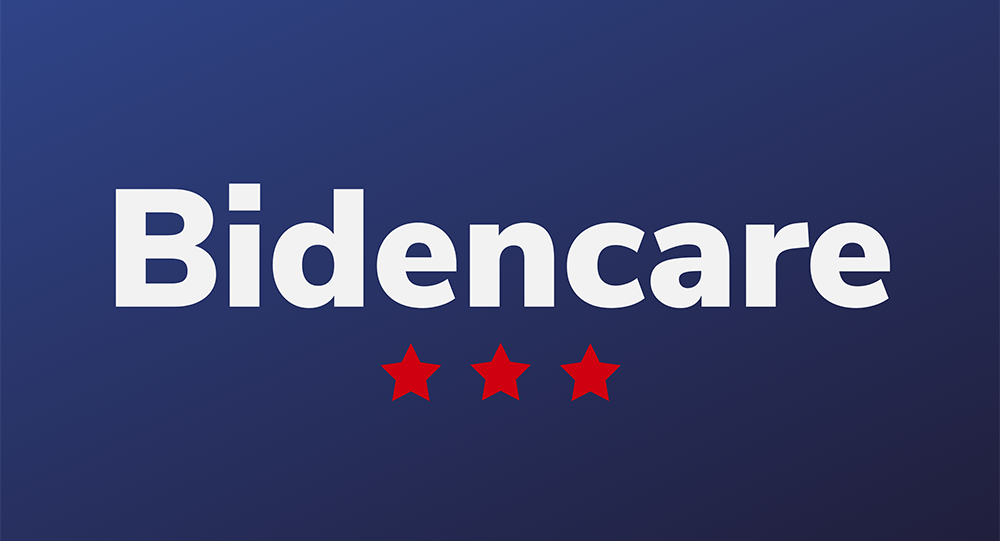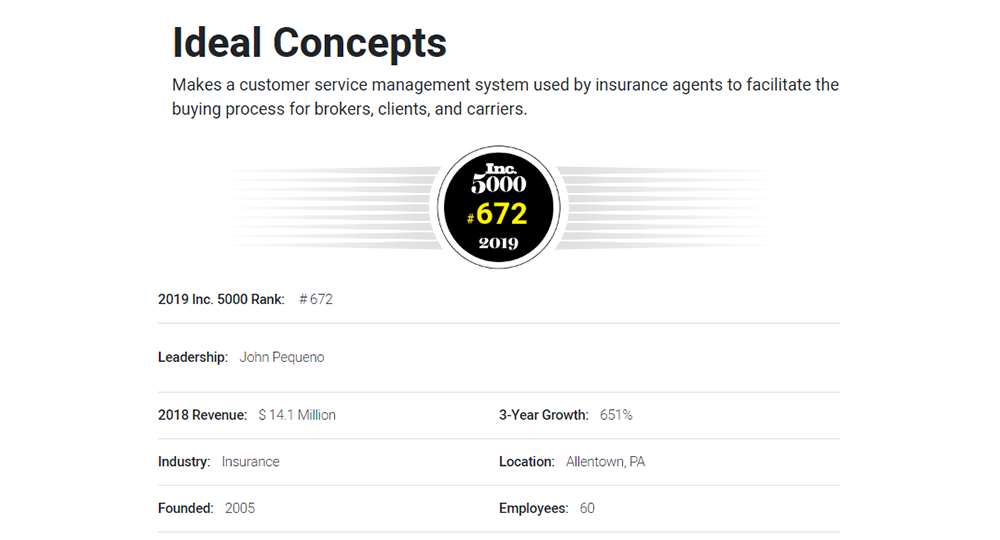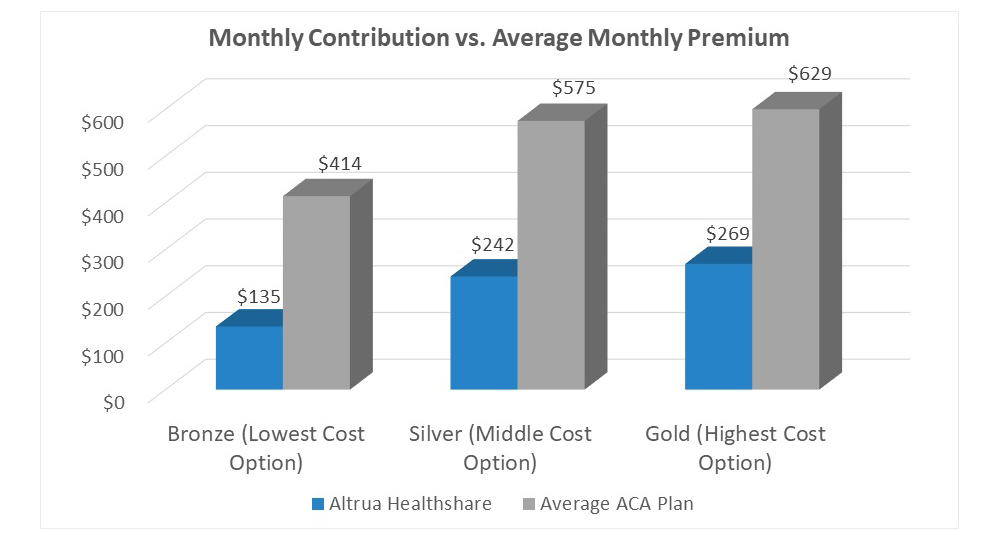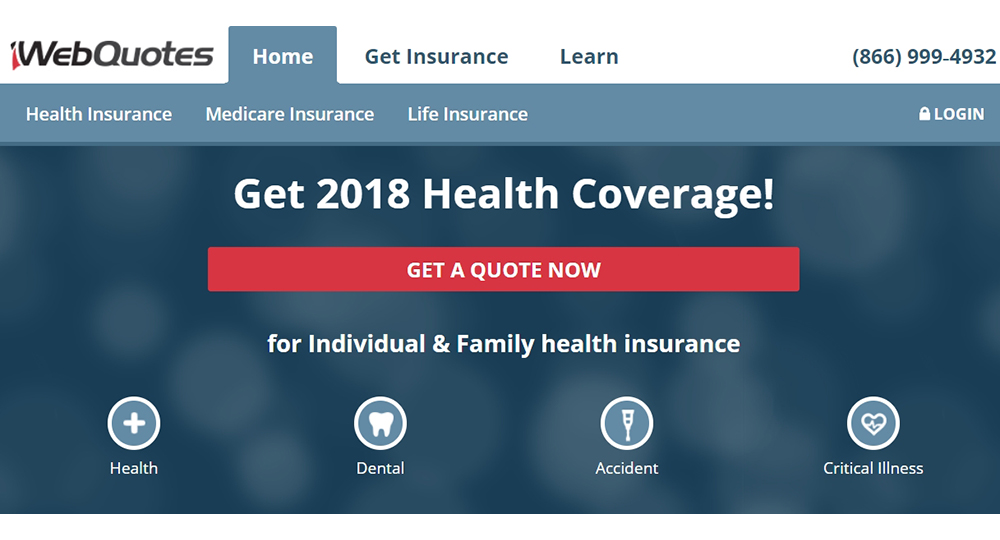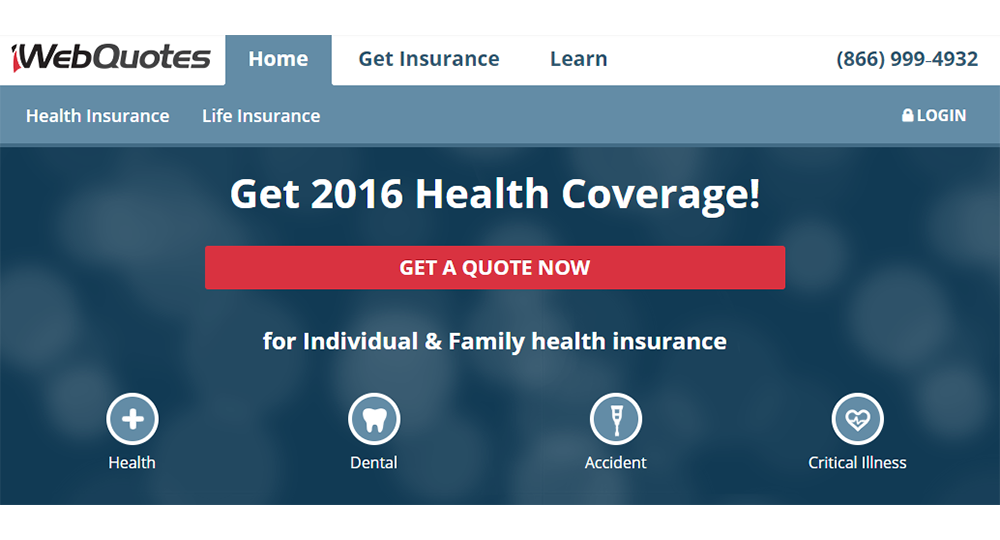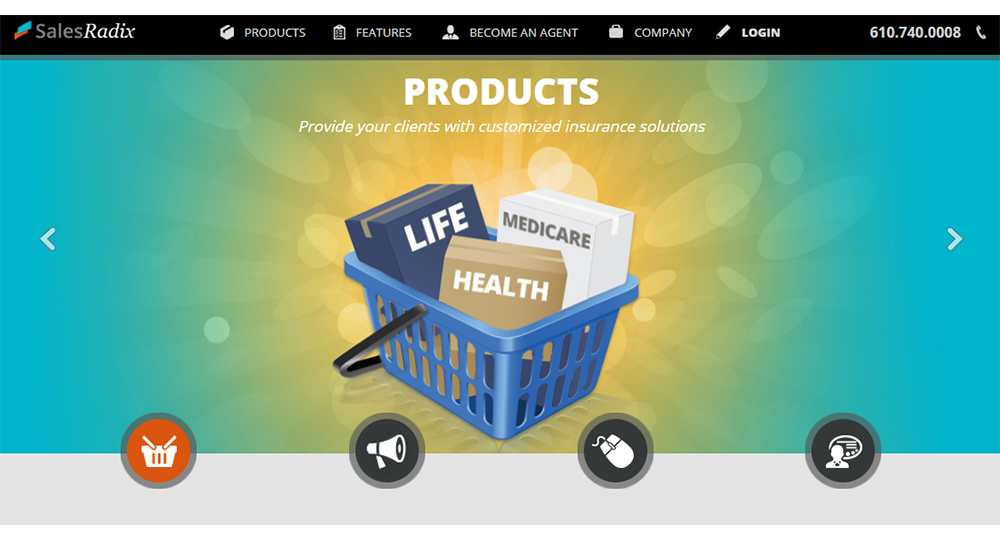During the final debate between 2020 presidential candidates Joe Biden and Donald Trump, Joe Biden said, “What I'm going to do is pass Obamacare with a public option” and that it would “become Bidencare.”
Now that Joe Biden is president, it is more likely that Bidencare will become a reality. However, if you are confused about how Bidencare is different from Obamacare…or what Bidencare is, exactly…you are not alone. Let’s break it down.
What is Bidencare?
Bidencare is President Joe Biden’s health plan. His goal is to improve and expand the Affordable Care Act (also known as “Obamacare”) and add a public option called the “Biden Plan.”
Aren’t Bidencare and Obamacare the Same Thing?
Not quite. Bidencare will retool the Affordable Care Act by adding a new health insurance option.
Currently, the Affordable Care Act has no public option. All the health insurance plans sold on the Affordable Care Act marketplace (Healthcare.gov) are offered by private insurers.
Under Bidencare, there would be a new, more affordable public option: the Biden Plan. It would be similar to Medicare, except for people under the age of 65. The public option is what differentiates Bidencare from the Affordable Care Act.
Instead of being offered by private insurers like Affordable Care Act plans, the Biden Plan would be government-based health insurance. Anyone would be allowed to enroll, even if they are already offered private insurance through their employer.
The Biden Plan would even cover primary care without copayments and help small businesses that cannot afford to provide coverage for their employees.
How Will Bidencare Improve and Expand Obamacare?
Here are a few primary ways Bidencare aims to improve and expand the Affordable Care Act:
- Remove the 400% income cap
- Lower the limit of the cost of coverage to 50% of a family’s income (from 9.86%)
- Calculate tax credits based on Gold plans instead of Silver plans
- Make coverage more accessible to low-income Americans
Currently, families that make between 100% and 400% of the federal poverty level qualify for a tax credit, which can be used to reduce the cost of health insurance on the Affordable Care Act marketplace. In 2021, an individual would need to make between $12,880 and $51,520 a year to qualify for a tax credit. A family of four would need an annual income between $26,500 and $106,000 to qualify.
If your family’s income is more than 400% of the federal poverty level, you will not qualify for a subsidy, leaving you with the full cost of an individual plan.
One of the primary issues with Affordable Care Act health insurance is that it is expensive for middle-class families who make more than 400% of the federal poverty level. Removing the 400% income cap would allow more families to qualify for tax credits, thus lowering their health insurance costs.
Another way to make health care more affordable for more people is by lowering the limit of the cost of coverage to 8.50% of a family’s income. Right now, an individual health insurance plan cannot cost more than 9.86% of a household’s income. Reducing that limit to 8.50% will help families save money on health coverage.
For example, the Smith family has an annual household income of $75,000. Currently, their health insurance cannot cost more than roughly $7,395 a year. Under Bidencare, that limit would drop to $6,375 a year—a savings of $1,020!
The third way Bidencare aims to make coverage more affordable is by calculating tax credits based on Gold plans instead of Silver plans. There are four metal levels of Affordable Care Act health insurance plans: Bronze, Silver, Gold, and Platinum. The metal categories are determined by how you and your insurance company will split your health care costs.
Bronze plans have the lowest monthly premium but the highest health care costs. Platinum plans have the highest monthly premiums but the lowest health care costs. Silver and Gold plans are in the middle.
If you qualify for tax credits, you can apply them to any metal level. However, tax credits are currently based on Silver plans, which have moderate monthly premiums and health care costs. Bidencare would base tax credits on Gold plans, which have higher monthly premiums but lower health care costs. In theory, more families would be able to afford more generous health care coverage.
Bidencare also plans to get coverage to low-income Americans that live in states where Medicaid has not been expanded.
Under the Affordable Care Act, states can expand eligibility to their Medicaid programs. However, 14 states have declined to do so: Alabama, Florida, Georgia, Kansas, Mississippi, Missouri, North Carolina, Oklahoma, South Carolina, South Dakota, Tennessee, Texas, Wisconsin, and Wyoming. This leaves nearly 5 million low-income American adults without access to affordable health insurance.
Bidencare would give those low-income Americans access to the public option, premium-free, and it would cover all the Medicaid benefits. If you make 138% below the poverty line, you would be automatically enrolled in coverage when you interact with specific government institutions (such as public schools) or other government programs for low-income populations (such as SNAP).
States that have already expanded Medicaid would also be able to offer their Medicaid recipients the premium-free public option if those states continued to pay their share of the cost.
What Comes Next
It’s unclear if or when the Bidencare changes will come to fruition. With the coronavirus pandemic still a major national concern, President Biden is working on getting more robust health coverage to more people.
To help uninsured Americans get coverage during the coronavirus pandemic, the Biden administration reopened the Affordable Care Act marketplace from February 15 through May 15, 2021. During this Special Enrollment Period, uninsured Americans are given more time to sign up for health coverage.
Several state exchanges, including those in California, Colorado, Connecticut, Nevada, New Jersey, Pennsylvania, and Washington, have followed suit by reopening their marketplaces.
What happens next is still to be determined, However, Ideal Concepts, Inc. is a proponent of health insurance for all Americans and will continue to stay up to date on all health insurance industry changes.
